For decades, topical corticosteroids have been trusted as a go-to treatment for eczema and inflammatory skin conditions. But for some people, stopping long-term or high-potency steroid use can trigger a difficult experience known as Topical Steroid Withdrawal (TSW)—sometimes referred to as "red skin syndrome."
While not all patients are affected, TSW is gaining recognition among dermatologists and patients alike. If you're considering reducing or stopping steroid use, here’s what to know, how to prepare, and how to support your skin’s recovery—gently and safely—with barrier-restoring solutions like Rejûvaskin Skin Recovery Cream.
What Is Topical Steroid Withdrawal?
TSW is a reaction that occurs after discontinuing prolonged or potent topical corticosteroids, especially on the face or sensitive areas. It most commonly affects people with atopic dermatitis, and is typically associated with symptoms that go beyond a return of the original skin condition.
According to a 2023 review in Clinical and Experimental Dermatology, common signs include burning, skin pain, excessive flaking, and insomnia. Many patients report intense sensitivity and a bright red rash, often on the face or genitals. Emotional symptoms like anxiety and depression are also frequently reported (Brookes et al., 2023).
Common Symptoms of TSW
-
Redness and flushing
-
Intense burning or stinging
-
Weeping or oozing skin
-
Swelling and skin thickening
-
Dryness, peeling, and cracking
-
Heightened skin sensitivity
-
Sleep disturbances
-
Emotional stress, anxiety, and low mood
In a systematic review by Hajar et al. (2015), burning (65.5%) and erythema (92.3%) were among the most frequently reported symptoms. TSW was most often triggered by the misuse of potent topical steroids, especially on delicate areas (Hajar et al., 2015).
TSW Timeline: How Long Does It Last?
The course of TSW can vary widely from person to person, depending on:
-
The duration and potency of steroid use
-
The area of application (face and genitals are more reactive)
-
Overall skin condition and immune response
A 2019 case series in Acta Dermato-Venereologica followed pediatric patients for up to 4 years, showing that while symptoms can be intense, most patients saw significant improvement over time, with some regaining completely clear skin (Sheary, 2019).
Most patients report that the first 1–3 months are the most difficult, with gradual improvement over 6–12 months or more.
How to Support Skin During Topical Steroid Withdrawal
1. Focus on Barrier Repair
TSW disrupts the skin barrier, leading to dehydration and inflammation. Hydrating, non-irritating creams are critical to replenish moisture and protect the skin from external stressors.
Rejûvaskin Skin Recovery Cream is ideal for TSW because it:
-
Helps restore barrier function
-
Soothes inflammation with botanicals like calendula and aloe
-
Is fragrance-free and safe for sensitive, compromised skin
2. Be Gentle With Your Skin
Avoid products with alcohol, fragrance, or exfoliants. Use lukewarm water for cleansing and pat skin dry—no rubbing.
3. Support Whole-Body Wellness
-
Stay hydrated
-
Eat anti-inflammatory foods
-
Manage stress and sleep
-
Consider working with a dermatologist or functional medicine provider
4. Be Patient—Healing Takes Time
One of the biggest challenges with TSW is managing expectations. Know that healing isn’t linear and flare-ups can occur. But consistent, gentle care makes a difference.
The Emotional Side of TSW
In addition to the physical symptoms, many people experience isolation, frustration, and fear during TSW. In fact, studies have shown elevated levels of anxiety and depression among patients, and many report feeling dismissed by healthcare providers (Brookes et al., 2023).
If this sounds familiar, know you're not alone—and support exists. Reaching out to online communities or a mental health professional can be incredibly helpful.
A Kinder Way Forward
Topical steroid withdrawal is real, and for those affected, it can be overwhelming. But with time, care, and the right tools, your skin can begin to heal. At Rejûvaskin, we’re committed to supporting sensitive, healing skin—gently, naturally, and effectively.
If you're navigating TSW, our Skin Recovery Cream can be a comforting companion in your routine, helping your skin feel more resilient while you focus on long-term recovery.
Works Cited
Brookes, T. S., Barlow, R., Mohandas, P., & Bewley, A. (2023). Topical steroid withdrawal: An emerging clinical problem. Clinical and Experimental Dermatology. Link
Hajar, T., Leshem, Y., Hanifin, J., Nedorost, S., Lio, P., Paller, A., Block, J., & Simpson, E. (2015). A systematic review of topical corticosteroid withdrawal ("steroid addiction") in patients with atopic dermatitis and other dermatoses. Journal of the American Academy of Dermatology, 72(3), 541–549.e2. Link
Sheary, B. (2019). Topical steroid withdrawal: A case series of 10 children. Acta Dermato-Venereologica, 99(6), 551–556. Link
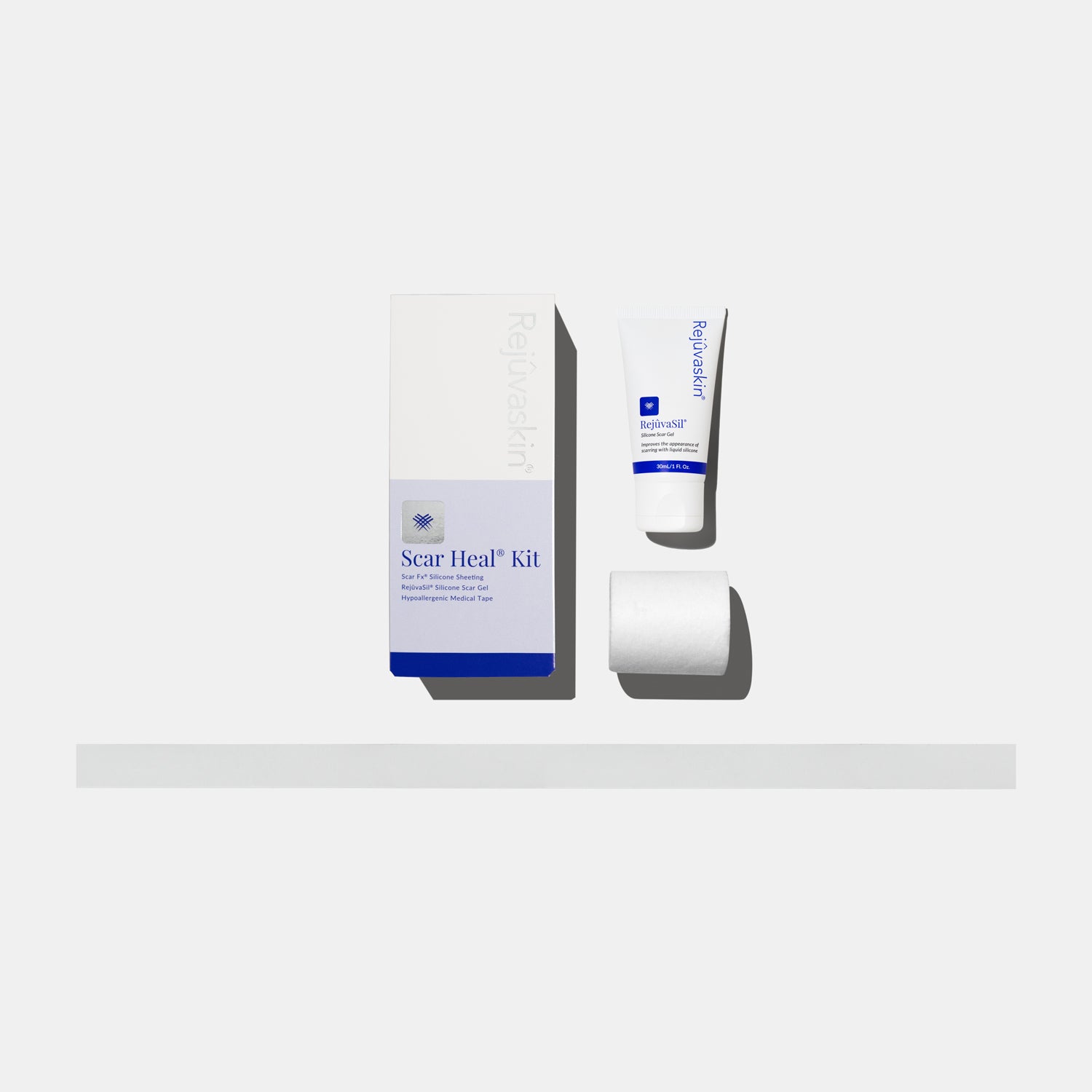


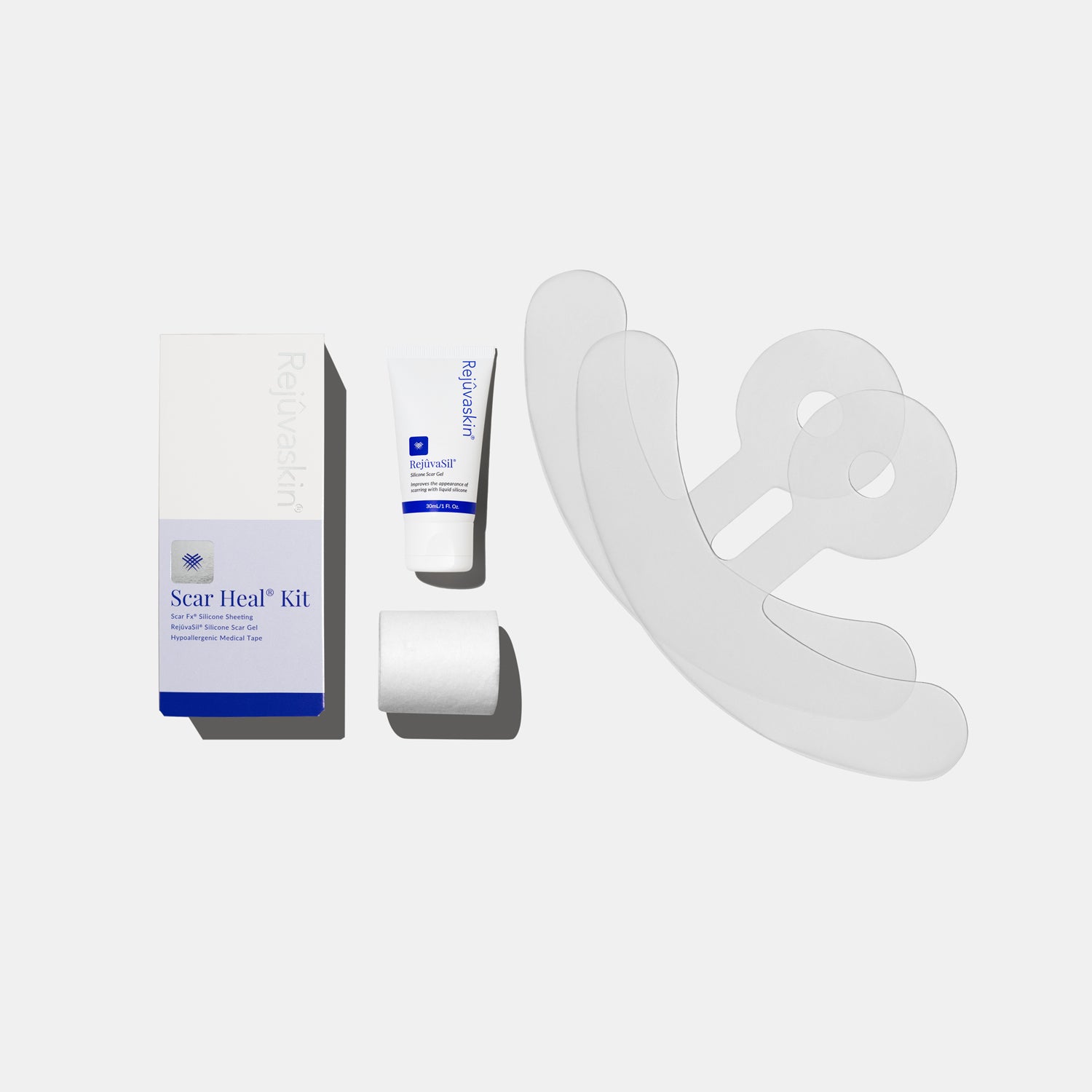
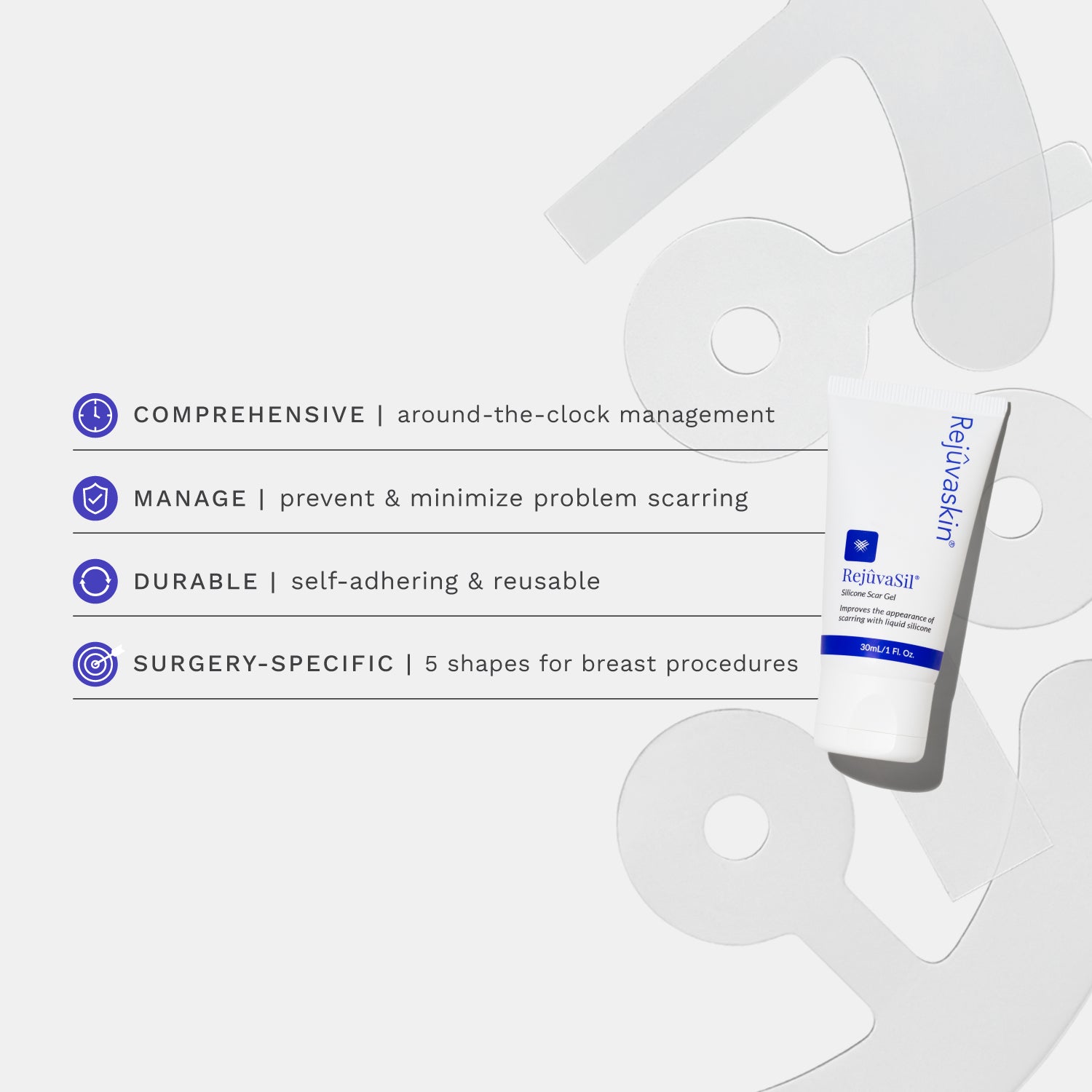
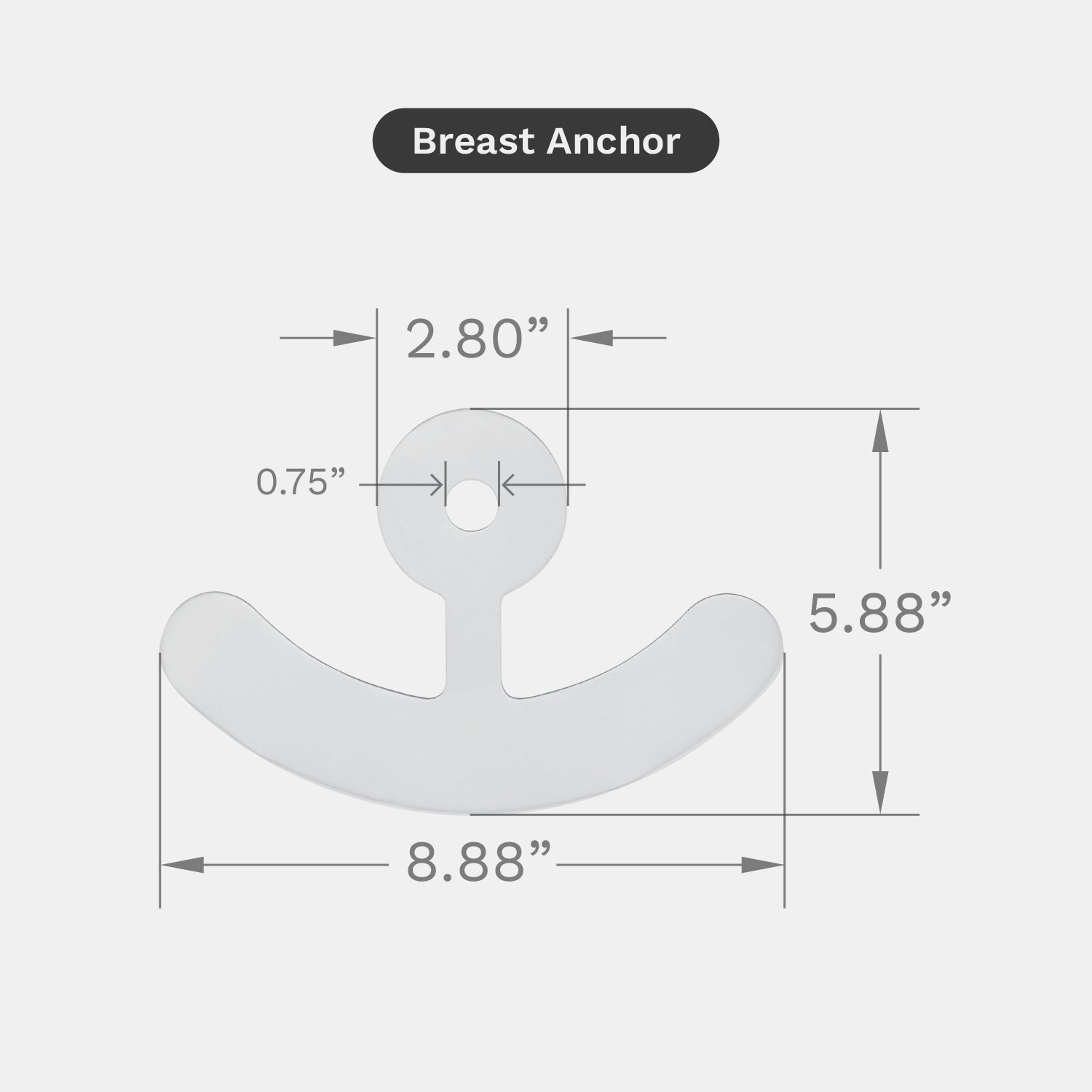
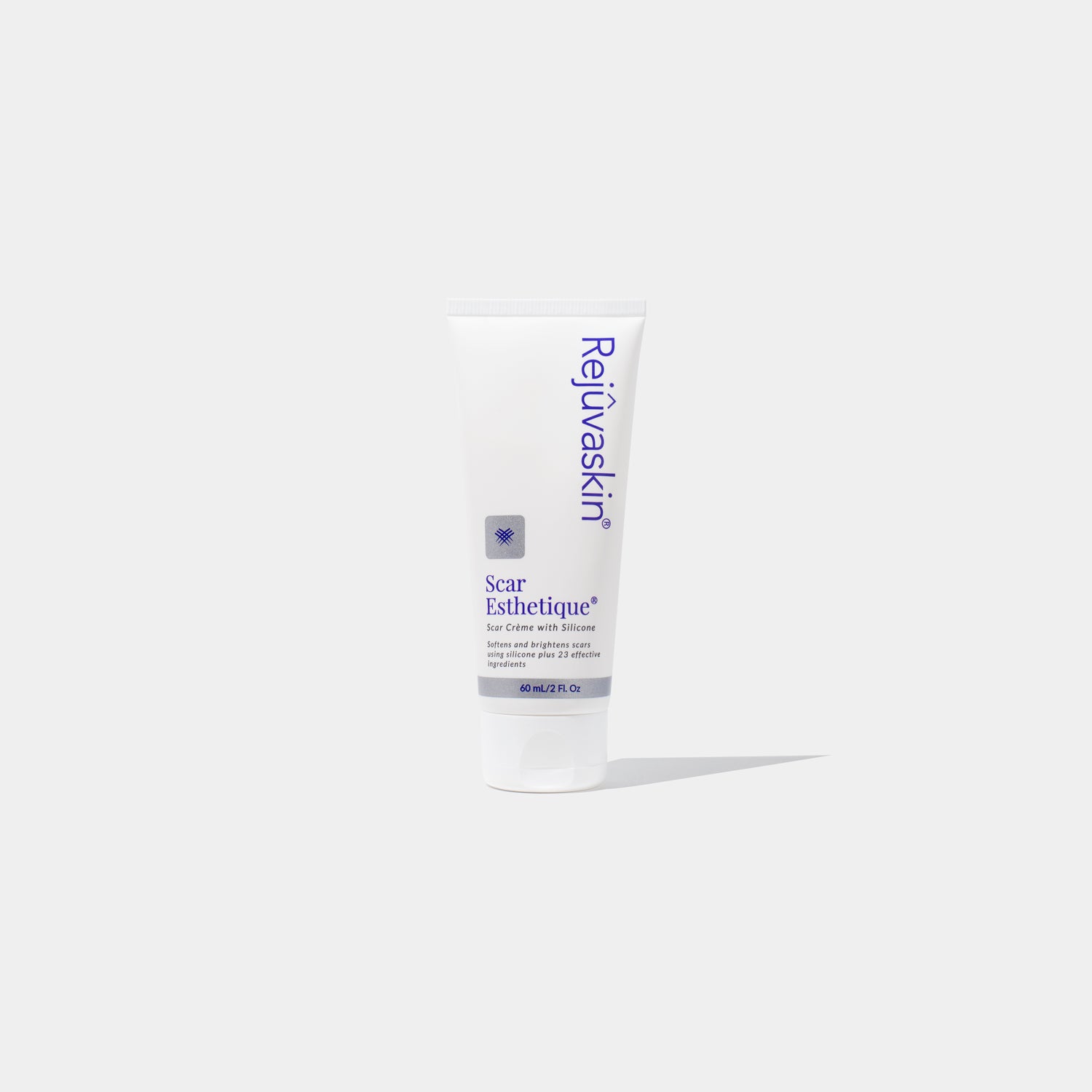
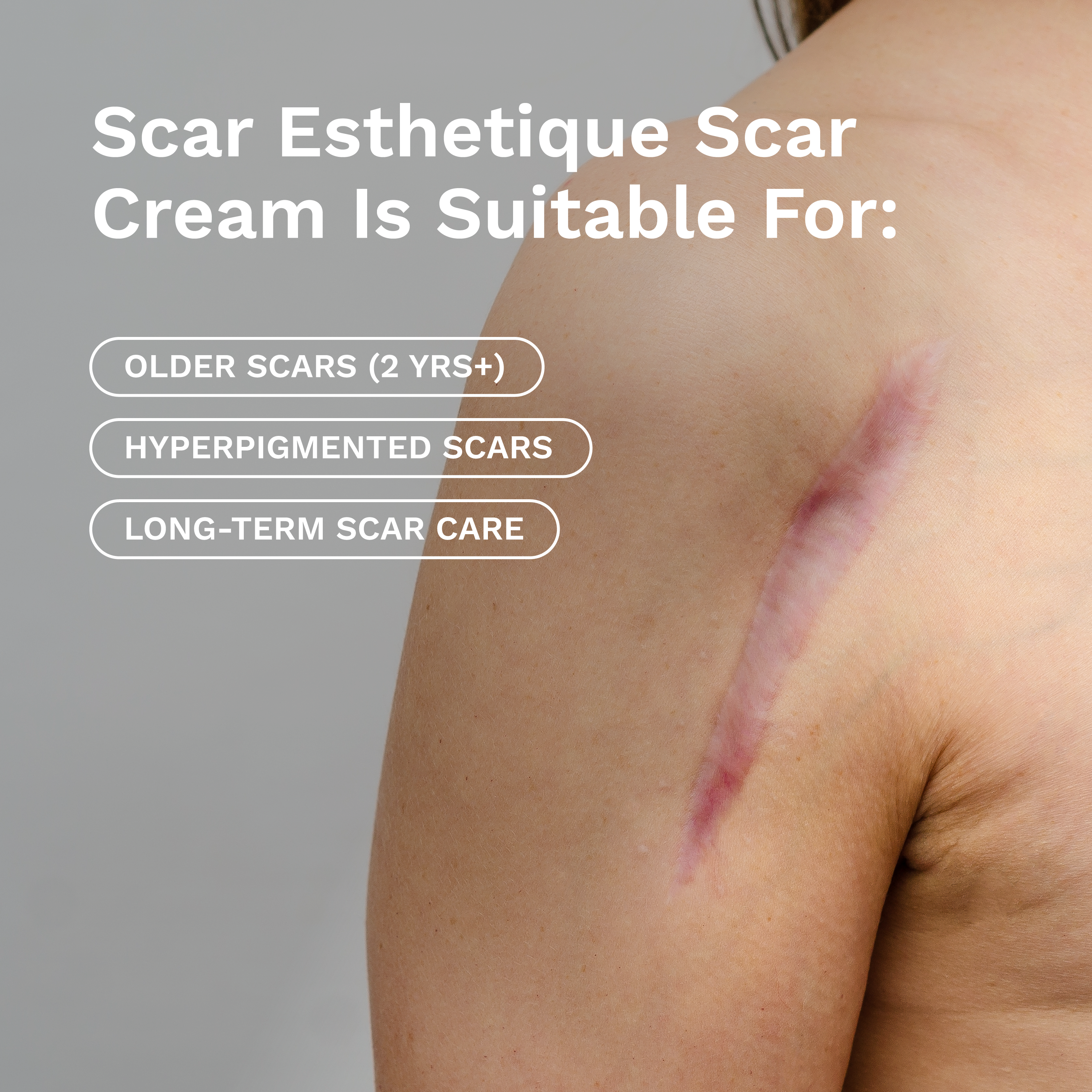








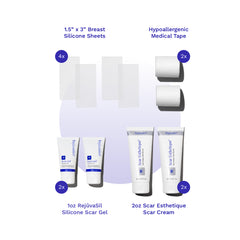
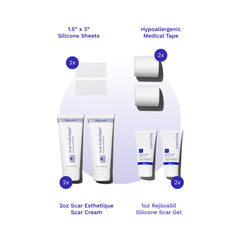

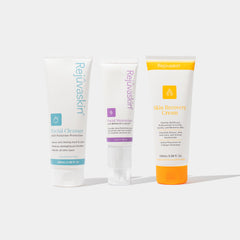

Leave a comment